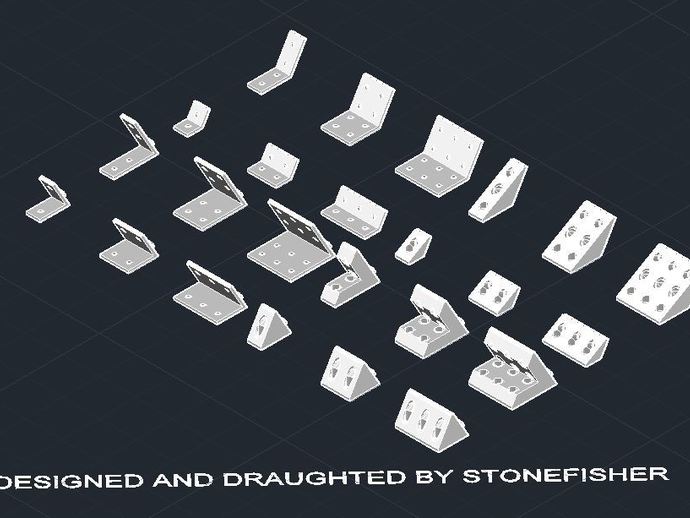Class II elastics are worn on one side and Class III elastics on the opposite side of the arch, with tooth movement expedited by the uprighting springs.
Uprighting springs are typically used with V-slot single brackets or Begg brackets to upright the roots of tipped teeth. In the edgewise technique, these springs provide a reversible and versatile method of controlling anchorage by increasing resistance to sliding. 5 The crown of the tooth is tipped until the opposite internal angles of the bracket slot contact the archwire, creating a binding effect (Fig. 1,621 dental orthodontic v slot roth brackets products are offered for sale by suppliers on Alibaba.com, of which other dental equipments accounts for 1%, dental consumables accounts for 1%. A wide variety of dental orthodontic v slot roth brackets options are available to you, such as ce.
Rotating Springs

Rotating springs made of round wire can also be used with V-slots to correct individual dental rotations1(Fig. 6). This not only avoids the limitations of passive self-ligating brackets, but precludes the need for counter-rotational Lewis wings on narrow brackets. Since superelastic wire materials have diminished the interbracket-distance advantage of single brackets, small twin brackets with V-slots appear to provide more versatility and control.


V Slot Brackets Odds

Rotating springs made of round wire can also be used with V-slots to correct individual dental rotations1(Fig. 6). This not only avoids the limitations of passive self-ligating brackets, but precludes the need for counter-rotational Lewis wings on narrow brackets. Since superelastic wire materials have diminished the interbracket-distance advantage of single brackets, small twin brackets with V-slots appear to provide more versatility and control.
V Slot Brackets Odds
The Compliance+ spring* was designed for two different applications. Its force is derived from a combination with intermaxillary Class II, Class III, or delta (triangular) elastics. If the elastic hook of the Compliance+ spring is adjusted to protrude slightly into the buccal tissue, it will cause minor soft-tissue irritation that can be alleviated simply by wearing the elastics (Fig. 7). The spring auxiliary slides onto the main archwire before the leg of the spring is inserted into the V-slot. The archwire must then be tied into the bracket with a stainless steel ligature to prevent it from becoming dislodged by the spring. When the Compliance+ spring is placed over a round base archwire, it produces single-tooth labial root torque. This is often useful after a palatally impacted canine has been moved into the arch, though the root will still require labial movement. The Compliance+ spring can also provide labial root torque for lingually positioned upper or lower lateral incisor roots. To avoid generating unwanted labial torque, the spring must be used with a rectangular base archwire.
Power Arms, T-Pins, and Elastic Hooks
Orthodontic patients frequently complain about protruding ball hooks, which can be annoying in terms of appearance, comfort, and oral hygiene. V-slots permit the addition of power arms, T-pins, or elastic hooks on any individual teeth (Fig. 8).
V Slot Brackets
The patient is less likely to wear elastics in the wrong configuration (such as Class II instead of Class III) when these hooks are added only where forces are required, and they can easily be removed after use. The clinician is able to prescribe intermaxillary elastics to be worn from the maxillary lateral incisors instead of the canines ('long Class II'), from the lower second premolars ('short Class II'), or even in zig-zag or 'spaghetti' configurations on nearly every tooth to improve final intercuspation. Individual hooks eliminate the inconvenience of fumbling with soldered or crimpable hooks.

